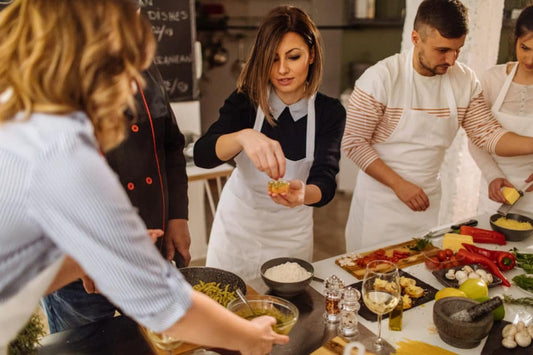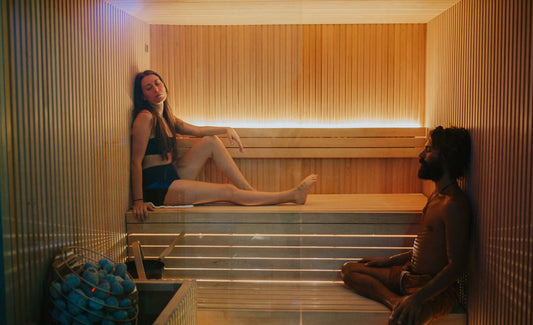Clothing styles in China reflect a rich tapestry of cultural heritage, historical influences, and modern trends. Understanding what clothes the Chinese wear involves exploring traditional garments as well as contemporary fashion choices that vary by region, occasion, and personal preference. This guide delves into the attire worn by Chinese people, focusing on both traditional and modern styles for different genders and settings.
Understanding Chinese Attire
Chinese clothing is deeply intertwined with cultural values, social norms, and historical contexts. From ancient garments to modern fashion, attire in China represents not only personal style but also a connection to heritage and identity. The choice of clothing often reflects regional differences, ceremonial purposes, and social status.
Traditional Attire
Men's Traditional Clothing
-
Hanfu
- Overview: The Hanfu is a traditional Chinese garment with a history spanning over 3,000 years. It consists of a long robe or tunic with a belt and flowing sleeves.
- Design Elements: Hanfu features elaborate embroidery, wide sleeves, and a cross-collar design. Fabrics can range from silk to cotton, with designs often incorporating traditional patterns and motifs.
- Occasions: Worn during ceremonial events, festivals, and cultural celebrations, the Hanfu represents a deep connection to Chinese history.
-
Changshan
- Overview: The Changshan is a traditional outfit for men that consists of a long gown, typically worn with a mandarin collar and side slits.
- Design Elements: Often made from silk or brocade, the Changshan is characterized by its elegant, streamlined silhouette and is usually worn with a matching sash.
- Occasions: Popular during formal events and traditional ceremonies, especially in historical contexts.
-
Tang Suit
- Overview: The Tang suit is a traditional garment that includes a short jacket with a high collar and a frog closure.
- Design Elements: Made from silk or satin, the Tang suit often features intricate embroidery and decorative buttons.
- Occasions: Commonly worn during festivals, weddings, and formal gatherings, offering a blend of historical elegance and modern style.
Women's Traditional Clothing
-
Qipao (Cheongsam)
- Overview: The Qipao, also known as Cheongsam, is a form-fitting dress with a high collar, often made from silk or satin.
- Design Elements: It features a straight, narrow cut with a high slit and decorative buttons. Traditional Qipaos include intricate patterns and embroidery.
- Occasions: Worn during formal events, weddings, and cultural festivals, it represents classic elegance and femininity.
-
Hanfu
- Overview: Women’s Hanfu features a long skirt and a wrap-around top with wide sleeves. The design can vary based on historical period and regional styles.
- Design Elements: Fabrics include silk and cotton, often with elaborate embroidery and layered garments.
- Occasions: Traditionally worn during ceremonies, festivals, and other formal occasions.
-
Tang Suit
- Overview: Women’s Tang suits are similar to men’s but may include variations such as longer skirts and decorative patterns.
- Design Elements: Features a short jacket with a high collar and frog closures, often adorned with embroidery.
- Occasions: Suitable for formal events and cultural festivals, blending historical charm with contemporary fashion.
Modern Attire
Men's Modern Clothing
-
Business Formal
- Suits and Jackets: Tailored suits in neutral colors like navy, grey, or black are common. Fabrics include wool and blends for a refined appearance.
- Shirts and Ties: Crisp, well-pressed shirts in white or light blue, paired with silk ties in solid colors or subtle patterns.
- Footwear: Leather Oxfords or Derby shoes in black or dark brown, polished and well-maintained.
- Accessories: Simple, conservative accessories such as leather belts, wristwatches, and understated cufflinks.
-
Business Casual
- Trousers and Slacks: Tailored chinos or slacks in neutral tones like khaki or grey.
- Shirts and Sweaters: Collared shirts, polos, or button-downs, with optional sweaters or vests.
- Footwear: Loafers or brogues in leather, with socks that can introduce subtle patterns.
- Accessories: Leather belts, casual watches, and minimalistic accessories.
-
Casual Wear
- Jeans and T-Shirts: Commonly worn with casual sneakers or loafers. Styles are comfortable and often include graphic tees or simple polos.
- Layering: Hoodies, casual jackets, and denim shirts are popular for a relaxed look.
- Accessories: Casual watches, baseball caps, and simple jewelry.
Women's Modern Clothing
-
Business Formal
- Suits and Separates: Tailored suits or skirt suits in neutral colors. Pantsuits are also popular, often paired with a blouse or dress shirt.
- Blouses and Tops: High-quality fabrics such as silk or cotton, in solid colors or subtle patterns.
- Footwear: Closed-toe shoes with a moderate heel, in neutral colors.
- Accessories: Simple jewelry, structured handbags, and modest belts.
-
Business Casual
- Trousers and Skirts: Tailored trousers or skirts, including pencil skirts or A-line styles.
- Blouses and Sweaters: Knit tops, blouses, or collared shirts, often layered with cardigans or blazers.
- Footwear: Flats, loafers, or low-heeled shoes, including open-toe options if acceptable.
- Accessories: Scarves, simple jewelry, and stylish but professional handbags.
-
Casual Wear
- Jeans and Tops: Comfortable jeans or leggings paired with casual tops like T-shirts, blouses, or sweaters.
- Layering: Casual jackets, cardigans, or oversized sweaters for a relaxed look.
- Footwear: Sneakers, flats, or casual boots, depending on the season.
- Accessories: Trendy handbags, casual jewelry, and scarves for added style.
Special Considerations and Tips
Cultural and Regional Influences
- Regional Variations: Clothing styles can vary significantly between regions. For instance, traditional attire may differ in northern and southern China, reflecting local customs and climates.
- Occasions: Dress codes for festivals, weddings, and other significant events may require traditional attire, reflecting the cultural importance of these occasions.
Modern Trends
- Influence of Global Fashion: Modern Chinese clothing often blends traditional elements with global fashion trends, resulting in a dynamic and diverse fashion landscape.
- Fashion Innovation: Many young Chinese people embrace contemporary styles, including street fashion and high-end designer wear, influenced by international trends.
Conclusion
Clothing in China is a reflection of both historical traditions and modern influences. From the elegance of traditional garments like the Hanfu and Qipao to the sophistication of modern business attire and casual wear, Chinese clothing encompasses a broad spectrum of styles. Understanding the nuances of what the Chinese wear, including the regional and cultural variations, helps appreciate the diverse expressions of personal and cultural identity in China. Whether for ceremonial purposes or everyday life, clothing in China remains a vibrant and evolving aspect of its rich cultural heritage.


